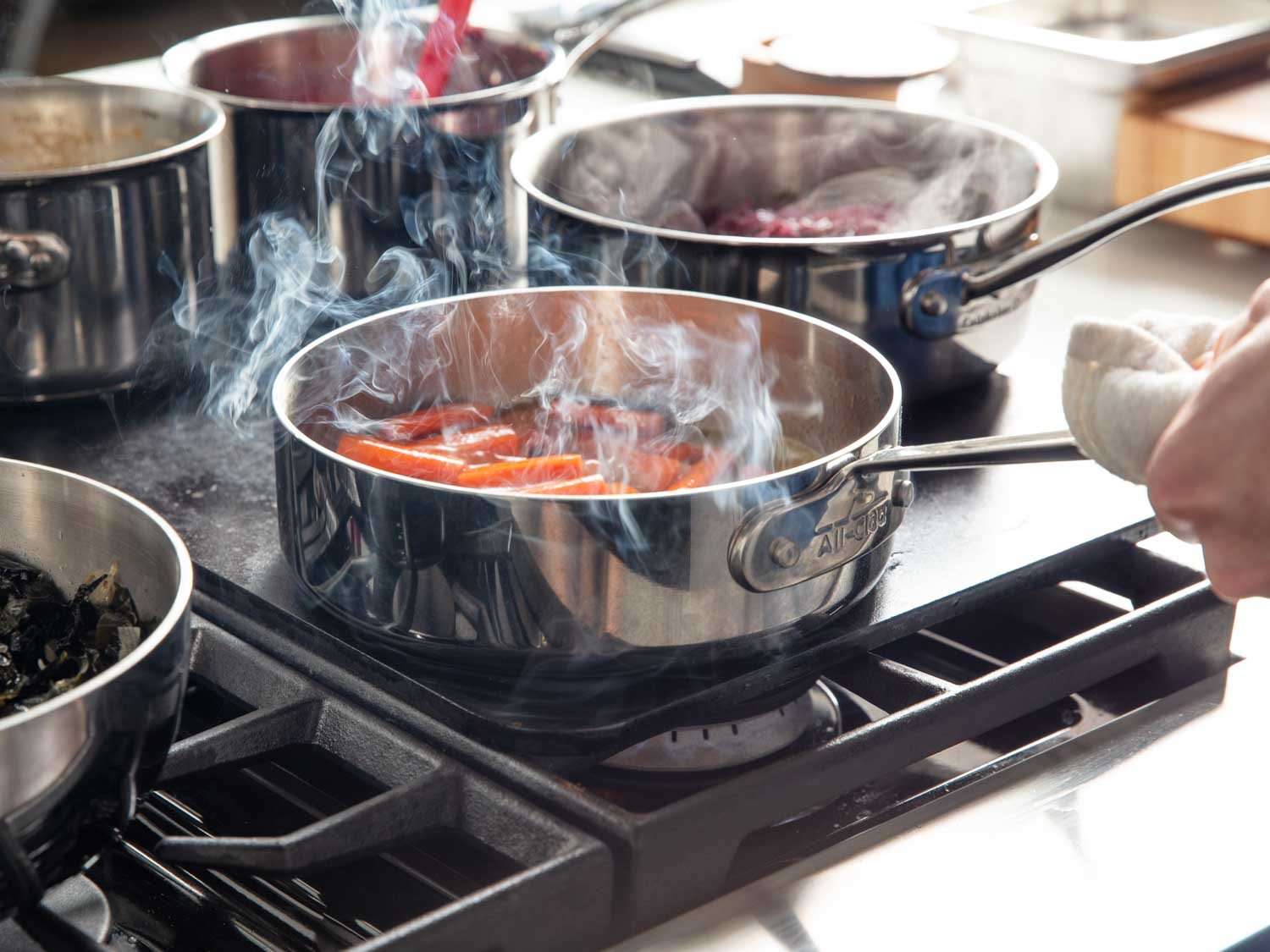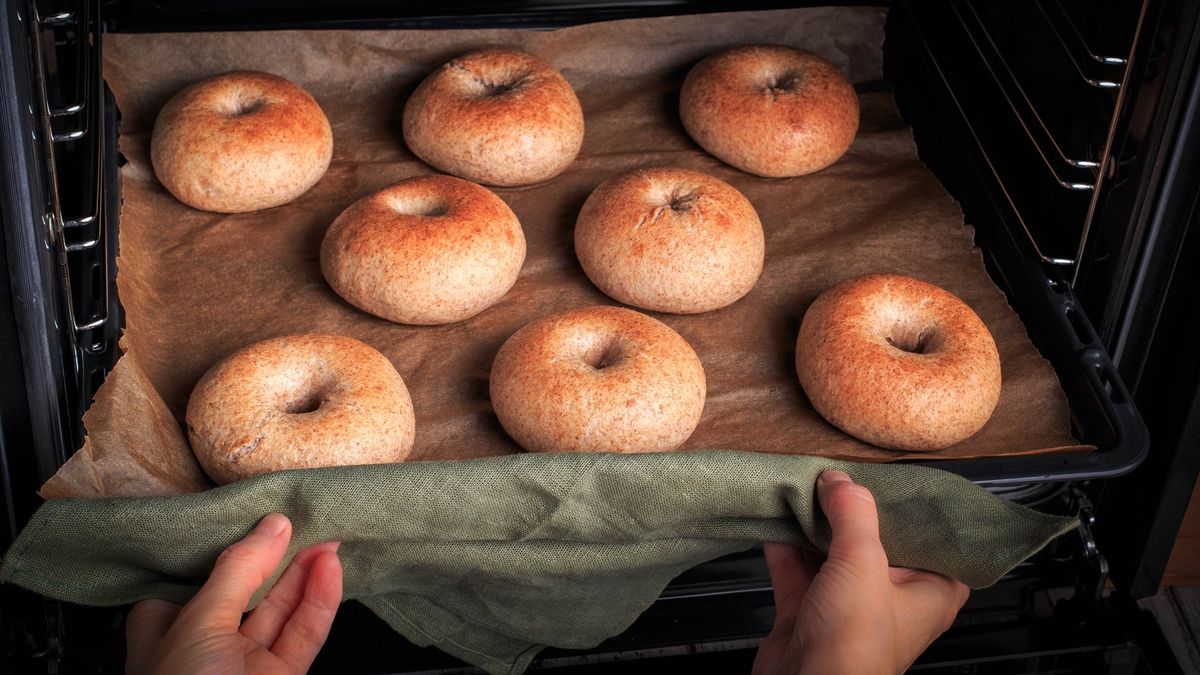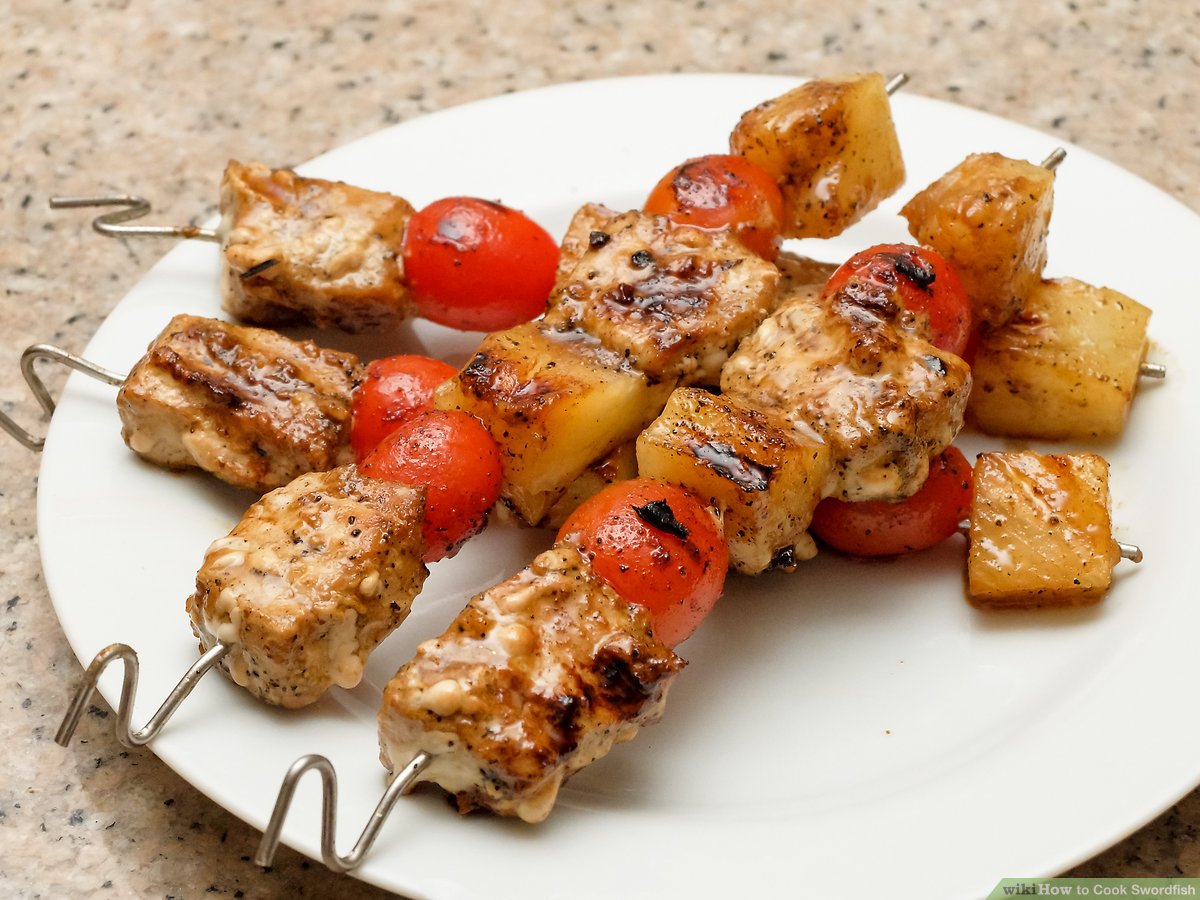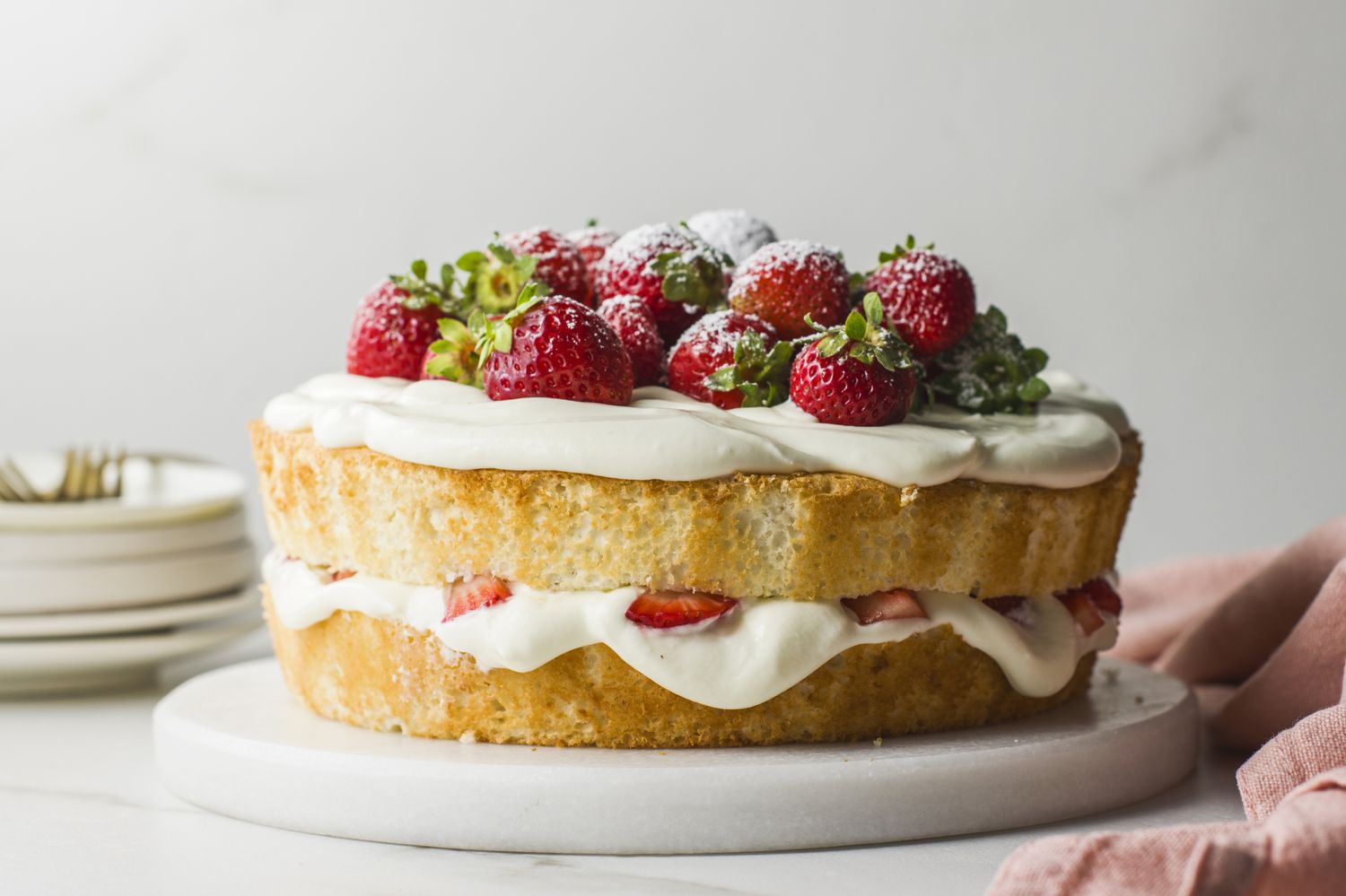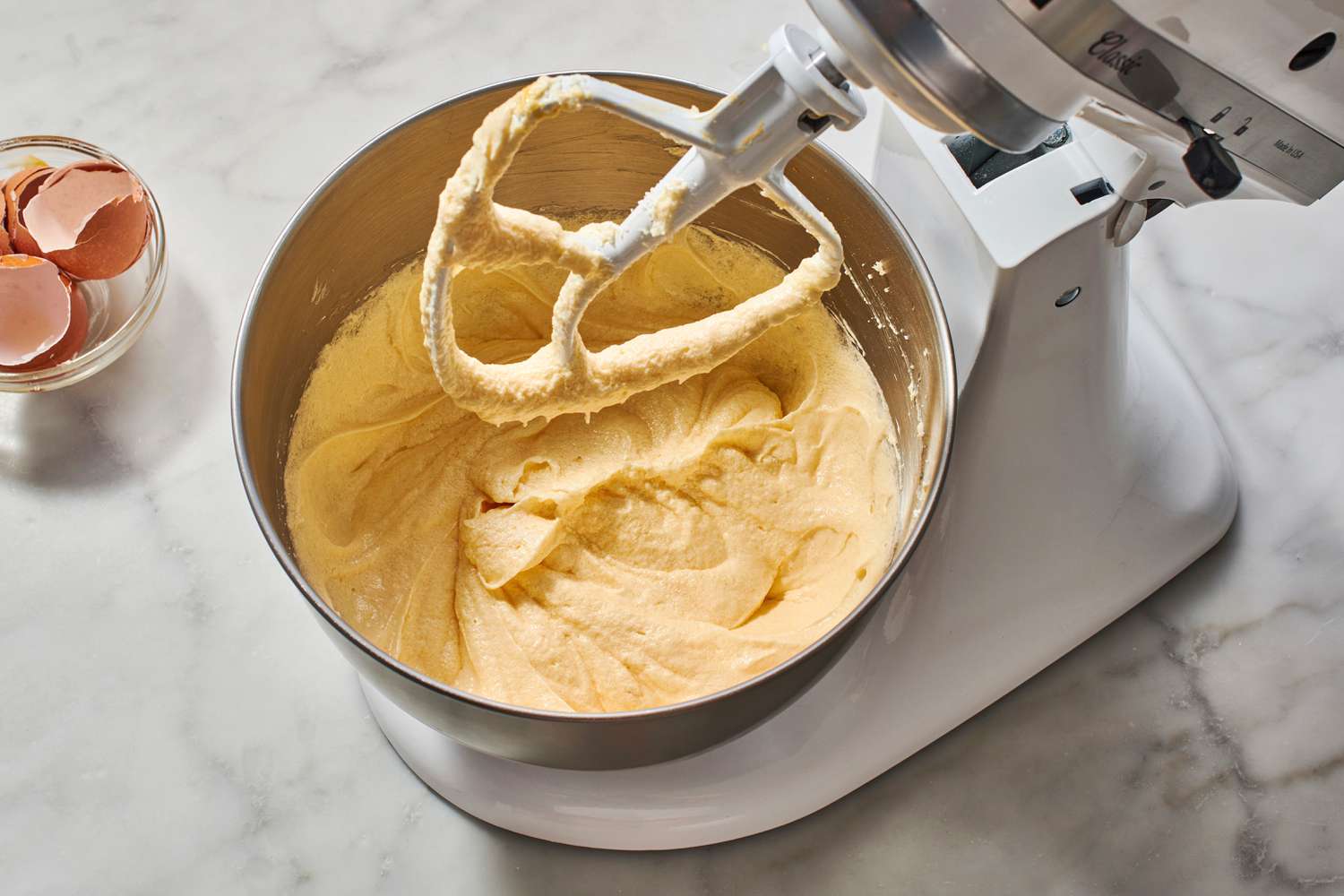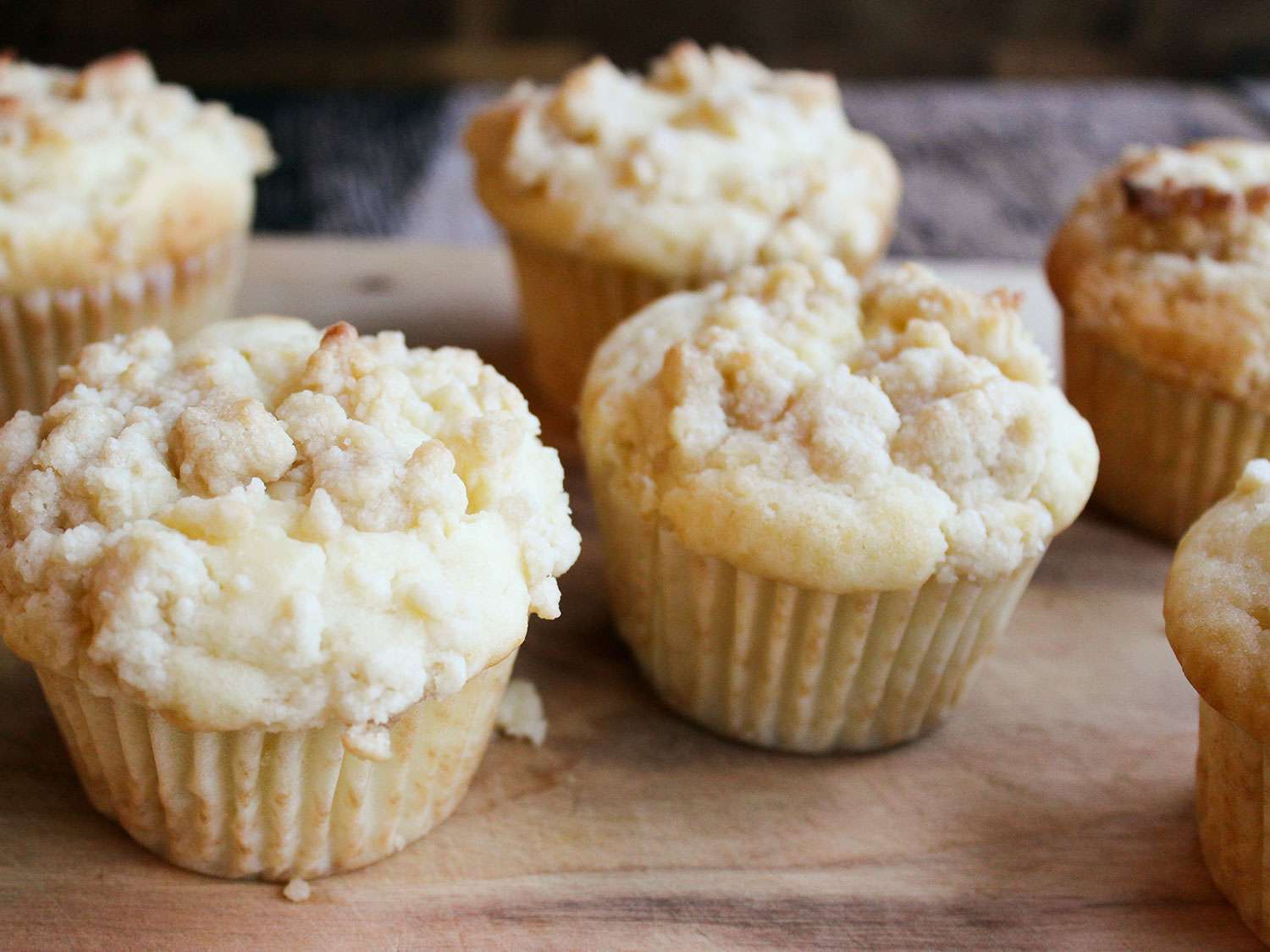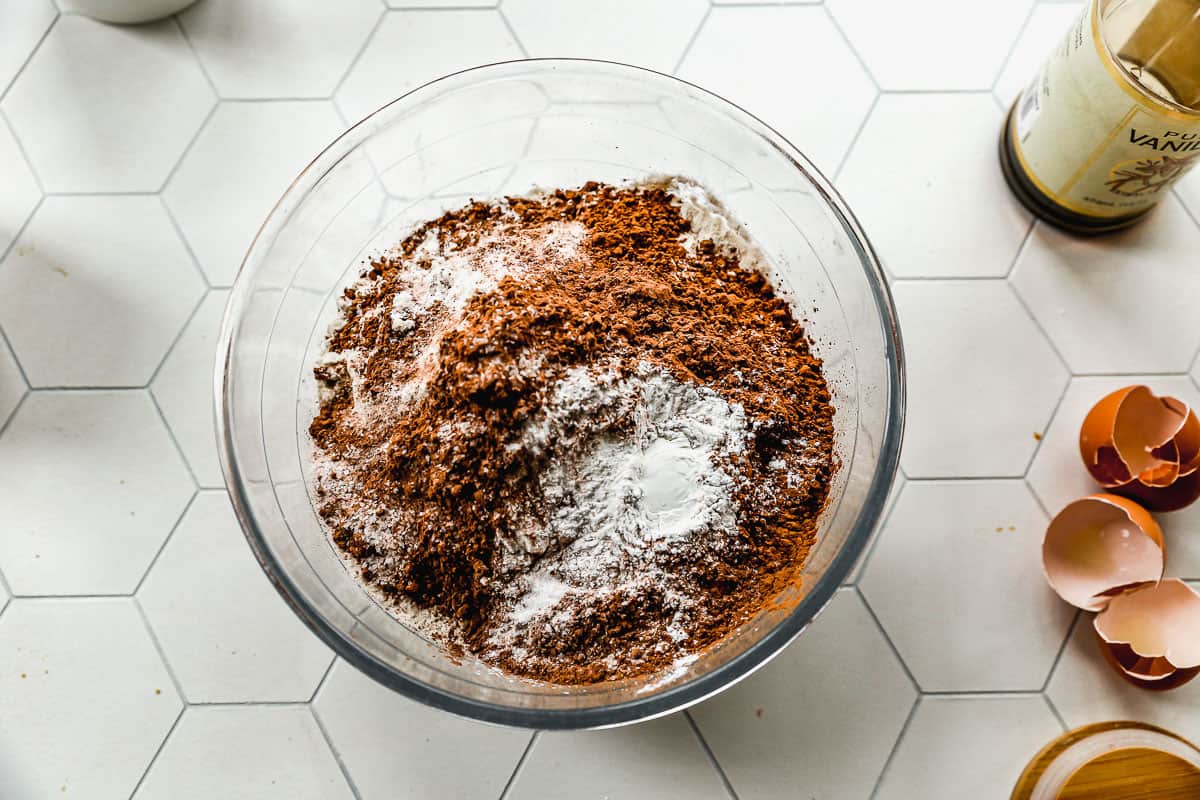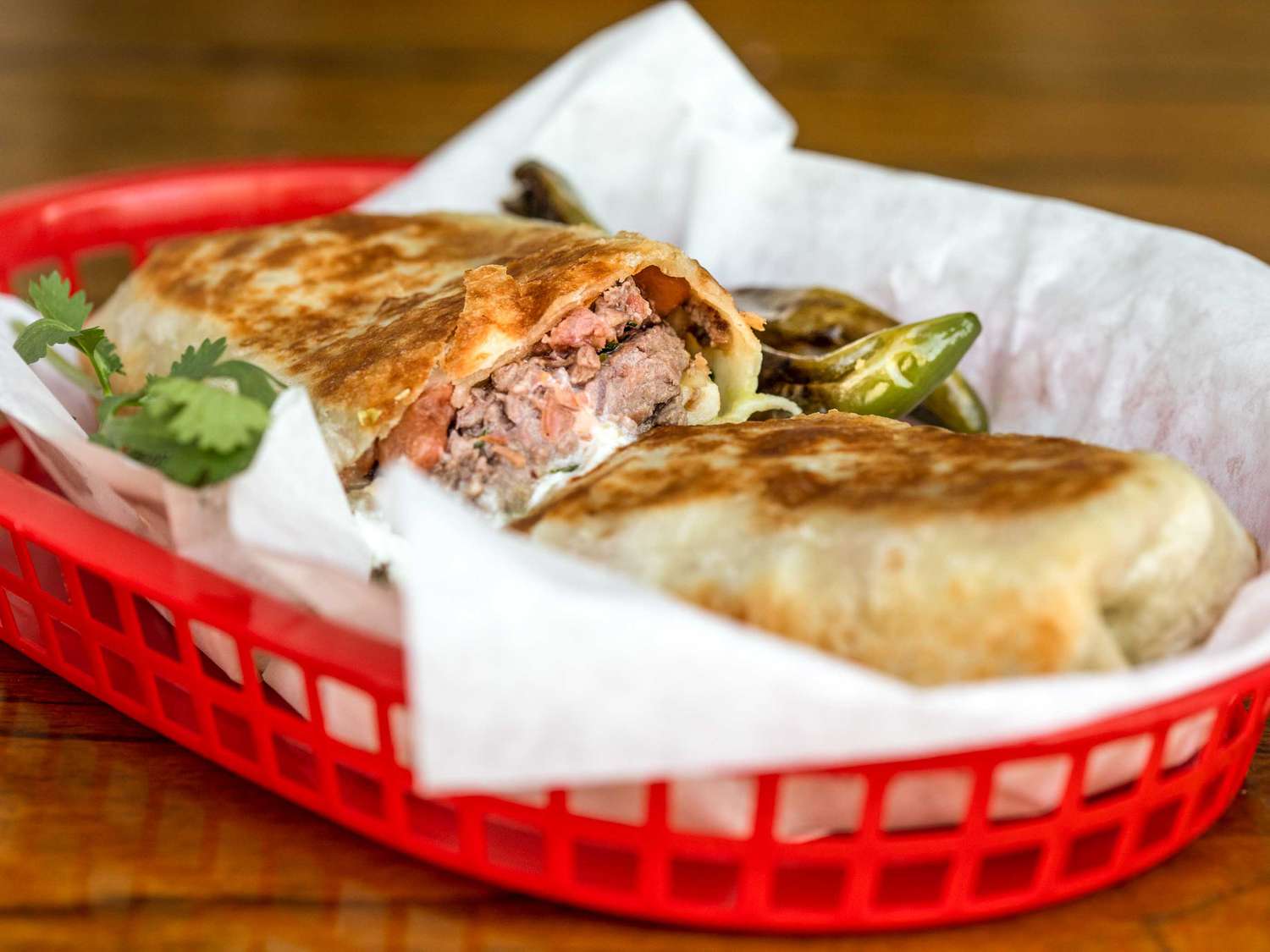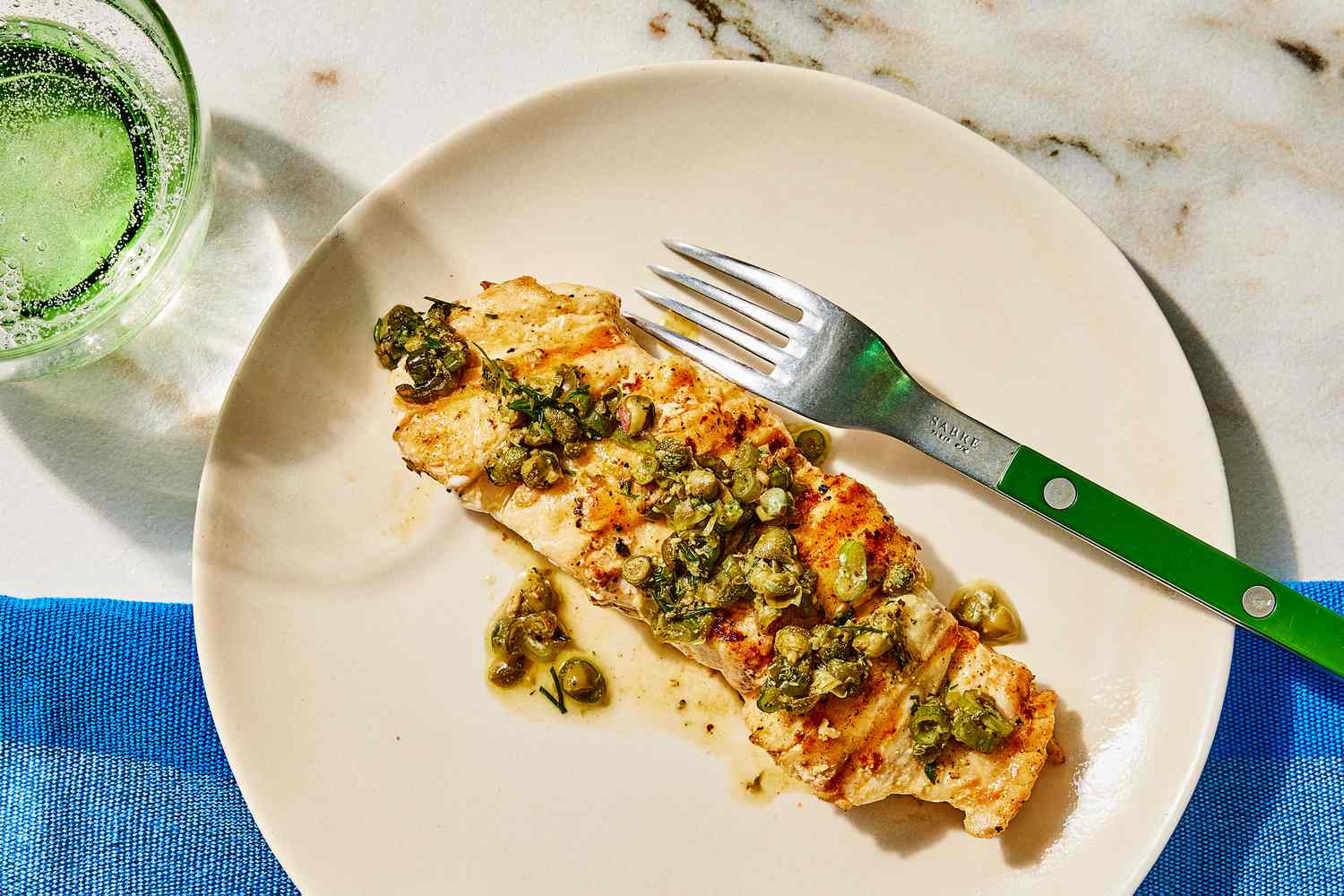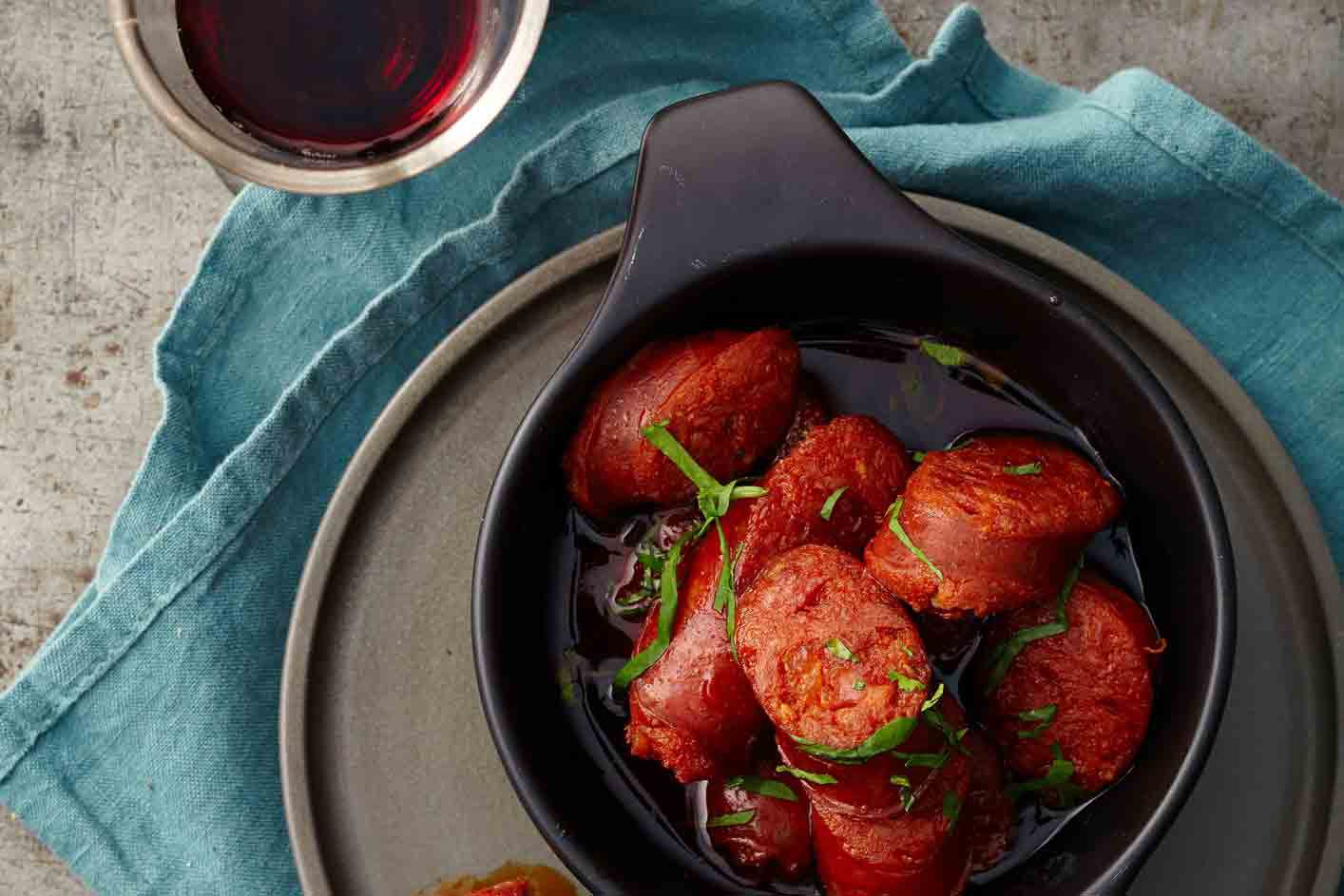Discover the Sweet Side of Baking with Xylitol
Are you looking for a healthier alternative to sugar in your baking? Xylitol could be the perfect solution! This natural sweetener is derived from plants and has a low glycemic index, making it a popular choice for those looking to reduce their sugar intake. In this article, we’ll explore how you can use xylitol in your baking to create delicious treats that are better for your health.
Benefits of Baking with Xylitol
Before we dive into the baking process, let’s take a look at some of the benefits of using xylitol as a sugar substitute:
- Low Glycemic Index: Xylitol has a minimal impact on blood sugar levels, making it a suitable option for diabetics and those watching their sugar intake.
- Tooth-Friendly: Unlike sugar, xylitol doesn’t promote tooth decay, making it a great choice for oral health.
- Natural Sweetness: Xylitol is derived from natural sources such as birch bark or corn, making it a more natural alternative to artificial sweeteners.
- Heat Stable: Xylitol can be used in baking and cooking as it retains its sweetness at high temperatures.
Baking Tips with Xylitol
Now that we understand the benefits, let’s explore some tips for baking with xylitol:
- Measure accurately: Xylitol is sweeter than sugar, so you’ll need less of it in your recipes. A general rule of thumb is to use 1 cup of xylitol for every 1 cup of sugar.
- Adjust liquids: Xylitol can absorb more moisture than sugar, so you may need to increase the liquid content in your recipes slightly.
- Be mindful of browning: Xylitol doesn’t caramelize like sugar, so your baked goods may not brown as much. You can adjust this by slightly increasing the baking temperature or adding a small amount of molasses for color.
- Introduce gradually: If you’re new to baking with xylitol, start by substituting a portion of the sugar in your recipes and gradually increase the amount as you become more familiar with its properties.
Delicious Xylitol Recipes to Try
Ready to put your baking skills to the test? Here are a few recipes that you can try using xylitol:
- Xylitol Chocolate Chip Cookies: Replace the sugar in your favorite chocolate chip cookie recipe with xylitol for a guilt-free treat.
- Xylitol Lemon Pound Cake: Enjoy the zesty flavor of lemon in a moist and delicious pound cake sweetened with xylitol.
- Xylitol Blueberry Muffins: Start your day with a batch of wholesome blueberry muffins made with the natural sweetness of xylitol.
Conclusion
Baking with xylitol opens up a world of possibilities for creating healthier, tooth-friendly treats without sacrificing on taste. By understanding its properties and making some simple adjustments to your recipes, you can enjoy the benefits of this natural sweetener in your baked goods. So, why not give xylitol a try in your next baking adventure and savor the sweet rewards?
Was this page helpful?
Read Next: How To Bake Soup In The Oven
